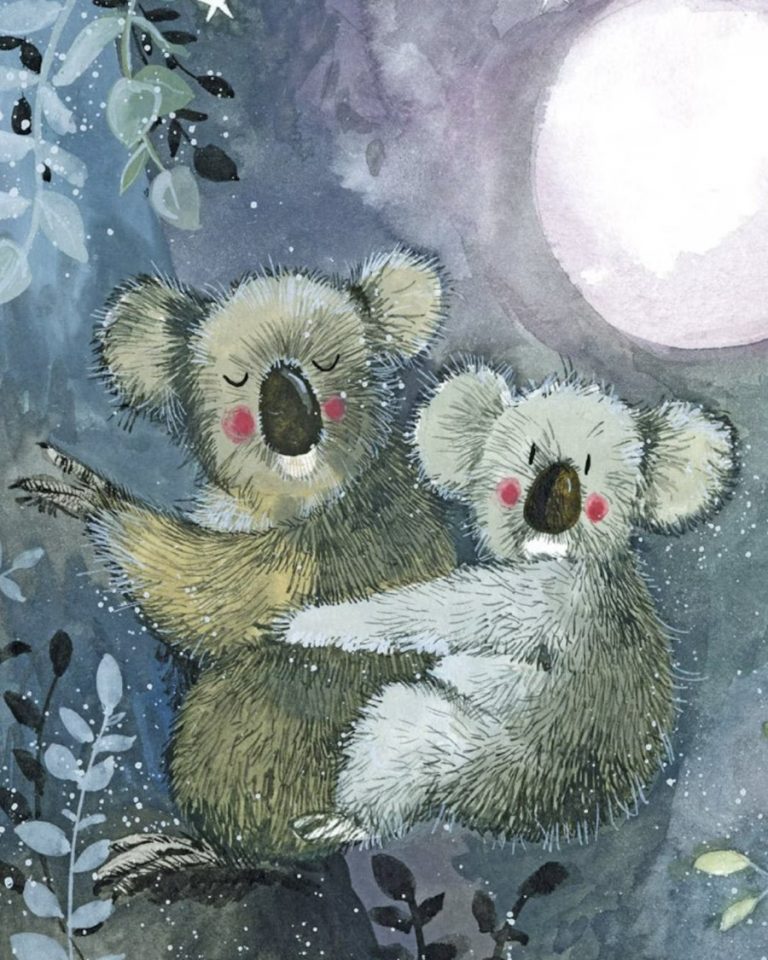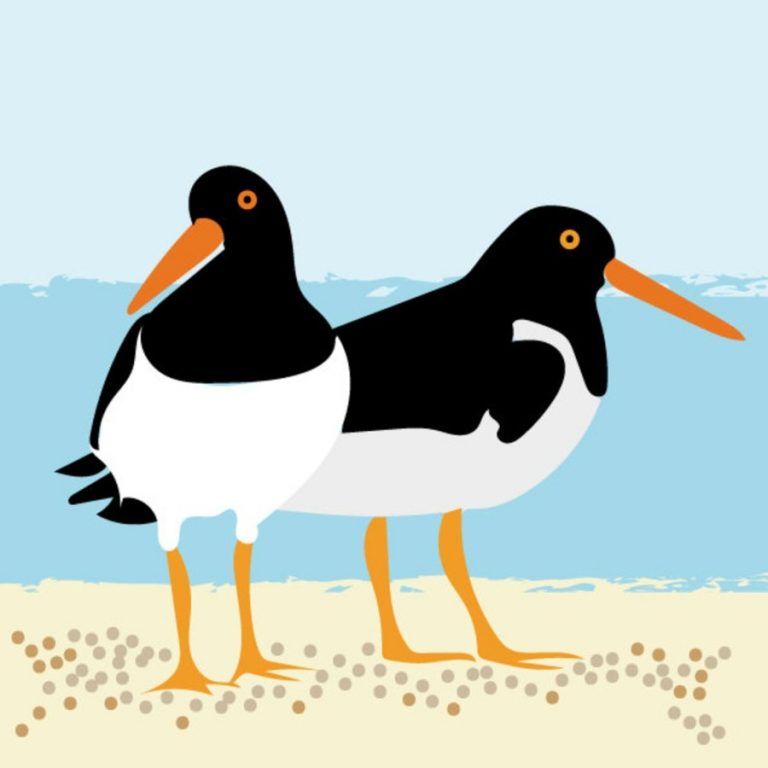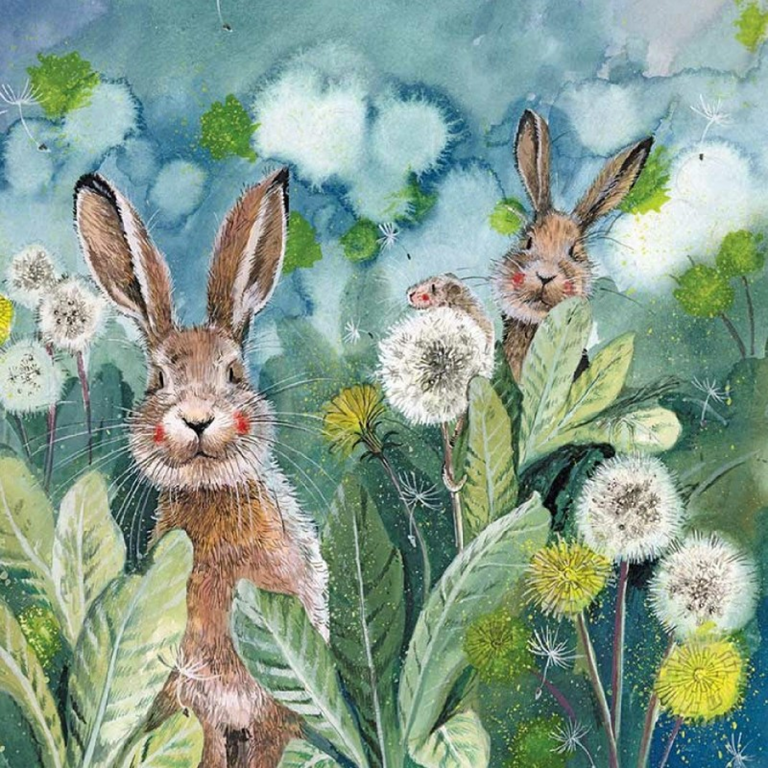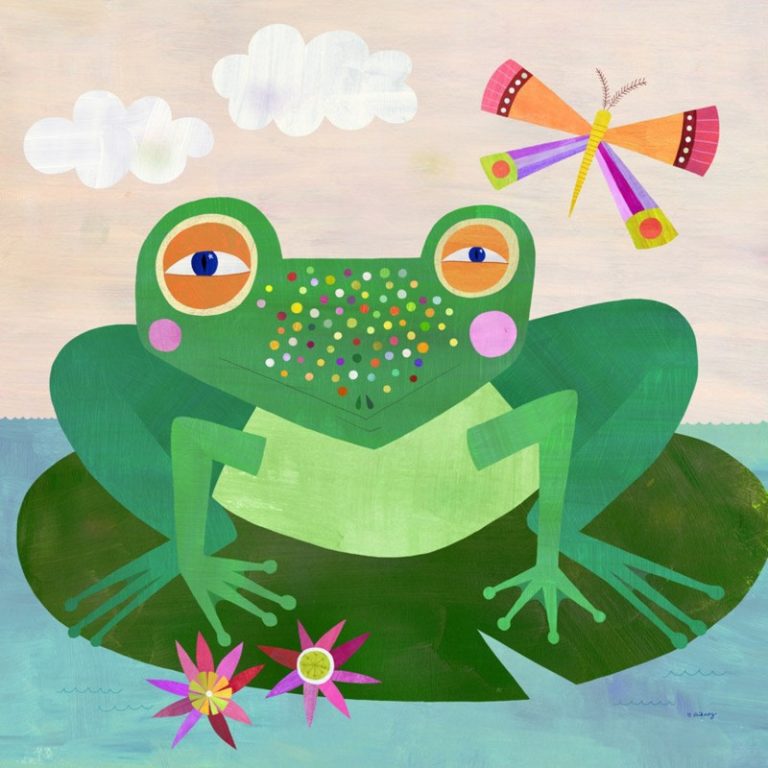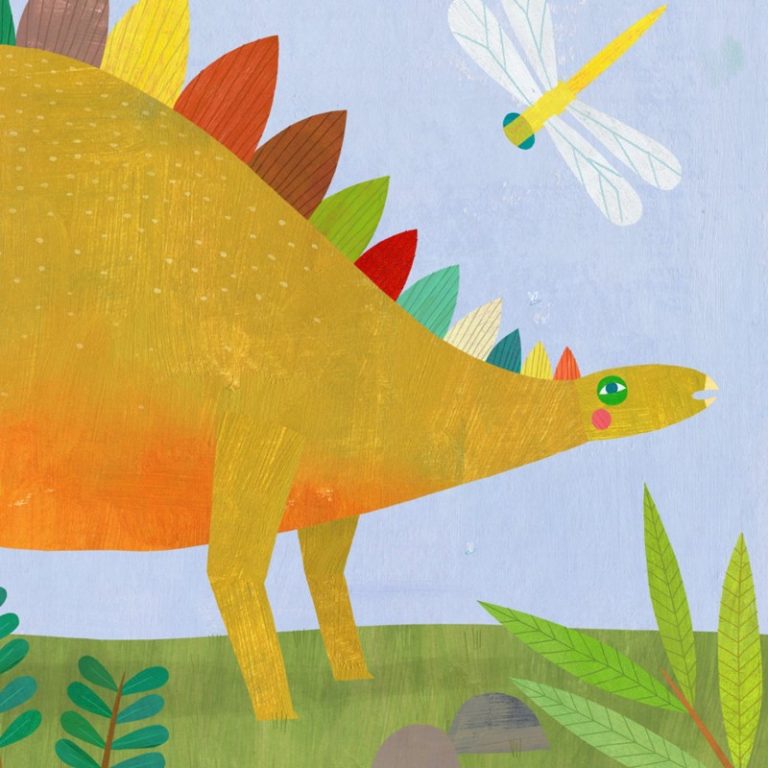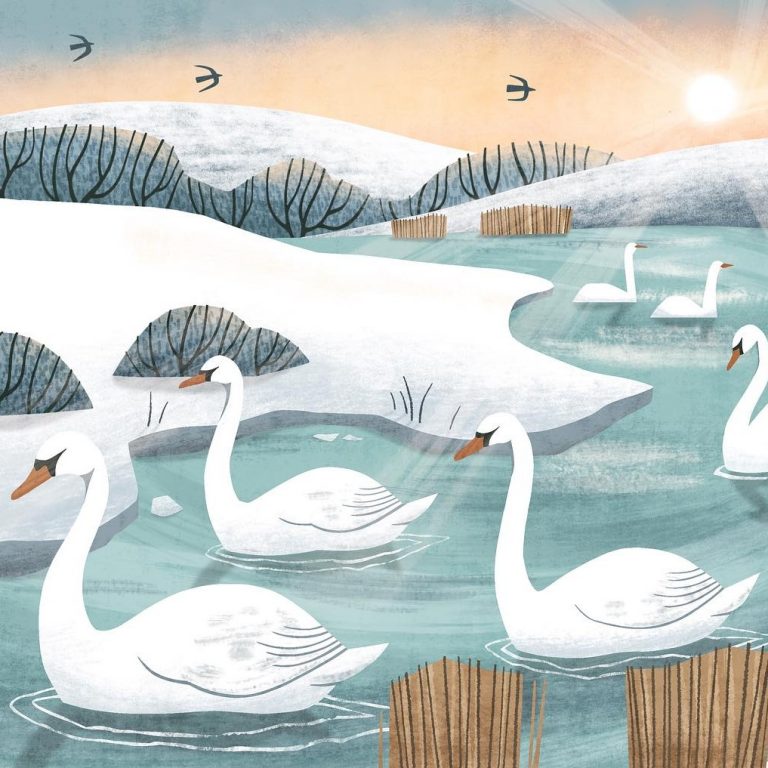
Wild birds are best foraging for food and nesting in hedgerows (flying into dense cover is safer than manicured topiary hedges) and meadows, as that is their natural environment. Wild berries don’t go on holiday or die, so birds don’t come to rely on us.
But as we’ve lost most of these places in England, millions of wild birds now visit gardens to feed, drink and nest. Simple changes can help make your garden a safe and appealing place for feathered friends.
Leave one corner of your garden less tidy. Long grass, wildflowers and log piles offer insects and seeds, plus safe hiding places. Wild patches help reduce the risk from cats and other animals, and garden birds use these areas for rest and shelter all year.
If ‘planting for garden birds‘, read our post on pet-friendly gardens (many plants are unsafe near animal friends). See below for tips to protect garden birds from cats (natural predators).
Plant Native Shrubs, Trees and Hedges
Grow plants that birds recognise and rely on for food and cover. Native species provide berries, dense branches and leaves that help birds nest and hide from predators. Larger trees offer sturdy spots for songbirds, while low hedges suit smaller birds. Mixing heights and shapes helps attract a range of visitors.
Modern gardening doesn’t need to be hard work or loaded with chemicals. By switching to organic, no-dig methods, you’ll improve the soil, save time, and give birds more to eat (like earthworms).
Where and How to Place Bird Feeders
- If you use bird feeding tables, then know what you are doing. Never feed nuts to baby birds, nor peanuts with aflatoxin (use proper brand-name feeders for nuts and seeds, not those mesh bags that tear tiny feet).
- Avoid wooden bird tables, as cats can claw up them (and keep cats indoors at dawn and dusk, when birds are likely feeding).
- Replace uneaten food before it spoils and always remove mouldy leftovers right away. Mouldy seed is dangerous for all birds.
- Clean feeders once a week: Use bird-safe cleaning kits with hot water (or just hot water if you don’t have anything else), and rinse well, drying in the sun. Use a plastic-free scrub brush every few days, especially in warm weather.
Garden birds (and wildfowl) don’t need bread. Stale crusts, crackers or pizza could choke, and mouldy bread could harm. Also avoid feeding anything with salt, or buttered bread (fat can smear on feathers, affecting waterproofing and insulation).
Also read our post on how to stop birds flying into windows (there are expert rules on where to place feeders, to avoid birds gathering speed if they fly near feeders.
Also turn lights off when not in use, don’t face indoor plants to outdoor windows, and take advantage of inventions like Feather Friendly bird tape, which helps birds to see your garden windows and greenhouses.
Offer Safe Water Sources
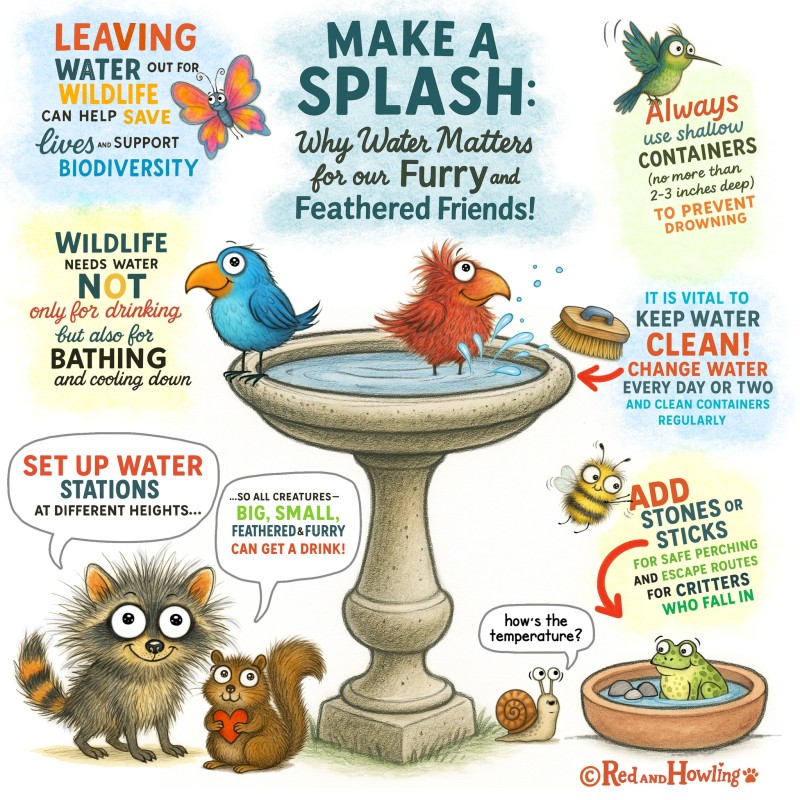
A shallow bird bath or bowl set on the ground or a raised spot, helps them cool off and stay clean. Refill with fresh water daily and use a plastic-free scrub brush keep it free from dirt and algae (avoid chemicals).
Place a few large flat stones in the bowl, so smaller creatures like bees and butterflies who take a drink, have a safe landing pad.
Read our post on wildlife-friendly ponds (avoid netting, it can trap birds and wildlife).
Keep Cats and Other Predators Away
Cats are natural predators of birds, so don’t attract birds to your garden, if you live with feline friends. Keep cats indoors at dawn and dusk, when bird are likely feeding, and avoid wooden bird tables, that cats can claw up.
Avoid Chemicals and Leave Leaf Litter
Always use no-dig organic gardening, which helps all wildlife, and is also safer around children and pets (and you!) Ask your council for the recommended methods of safe disposal of chemicals and pesticides. This will help to increase numbers of insects (food for garden birds).
Also use non-toxic slug and snail deterrents (again a main food source for many birds, like thrushes). Leave your garden a little ‘messy’, to provide leaf litter, piles of twigs and habitats for earthworms (another food for birds).
You can usually recycle empty bottles and containers, and take half-used bottles to household hazardous waste (in a secure container to avoid contaminating your car). Never pour unused chemicals down drains/sinks as this will contaminate water supplies and harm wildlife.
Safe Nesting Areas for Garden Birds

As natural habitats shrink, nest boxes are important for birds to raise their young. However it’s important to ‘learn your birds’, as different birds need different kinds of boxes, and they also need to be sited safely, to avoid wind, rain and hot sun, along with being safe from predators.
Usually a few metres above ground, facing north or north-east to catch the early sun. Site on vertical surfaces (shed walls, fences, pots or trees), so birds have clear (secluded) flight paths.
Never use coloured or metal nest boxes (these can attract predators and overheat – sharp corners of ‘little house’ designs can harm). Good nest boxes are made from plain untreated wood.
Birds can find their own nesting materials. Never leave out tumble drier lint or human hair/pet fur, as it can choke or tangle (or contain scents from shampoo or medicine remnants, all of which could harm).
The Wildlife Community sells quality nest boxes for different types of birds, with information on siting and cleaning. Some are designed by wildlife expert Simon King, based on years of field observation (they are also very affordable, around £10).
At end of breeding season (check by species), remove old nesting materials (it’s only legal to remove dead and unhatched chicks from October to January), and place the old nest in the garden (so spiders can escape).
Clean the nest box with boiling water, then leave to dry naturally (avoid chemicals that could harm the next brood). Simon King has a simple video, on cleaning out a nest box.

